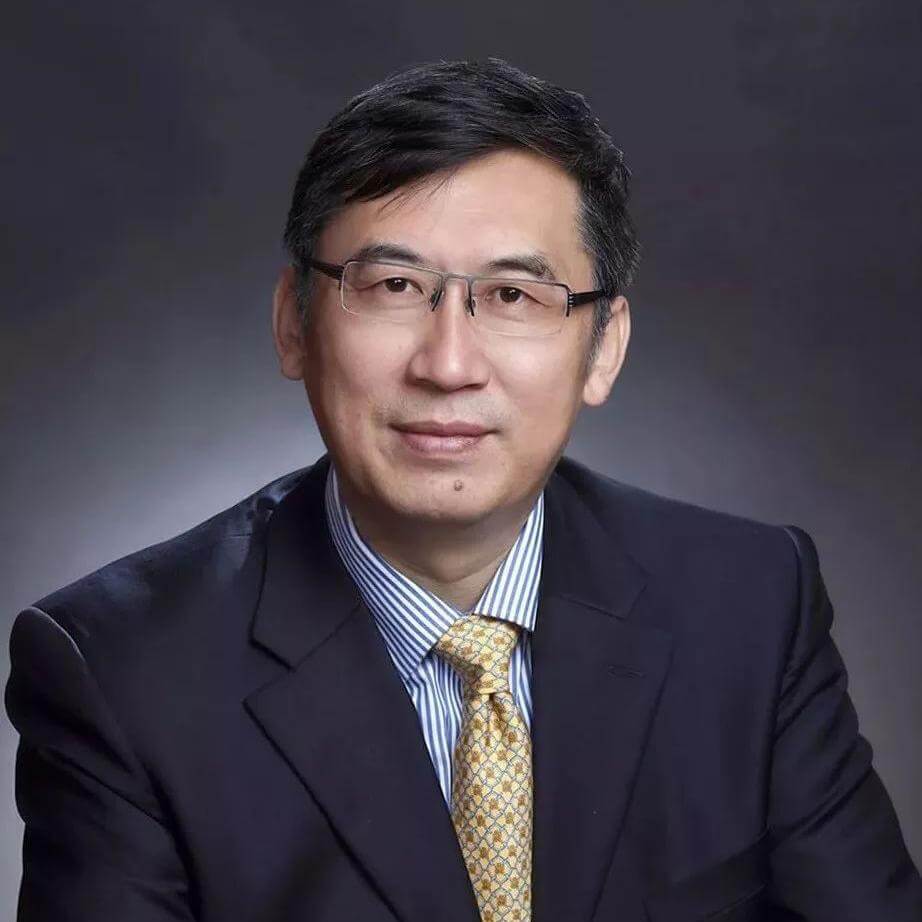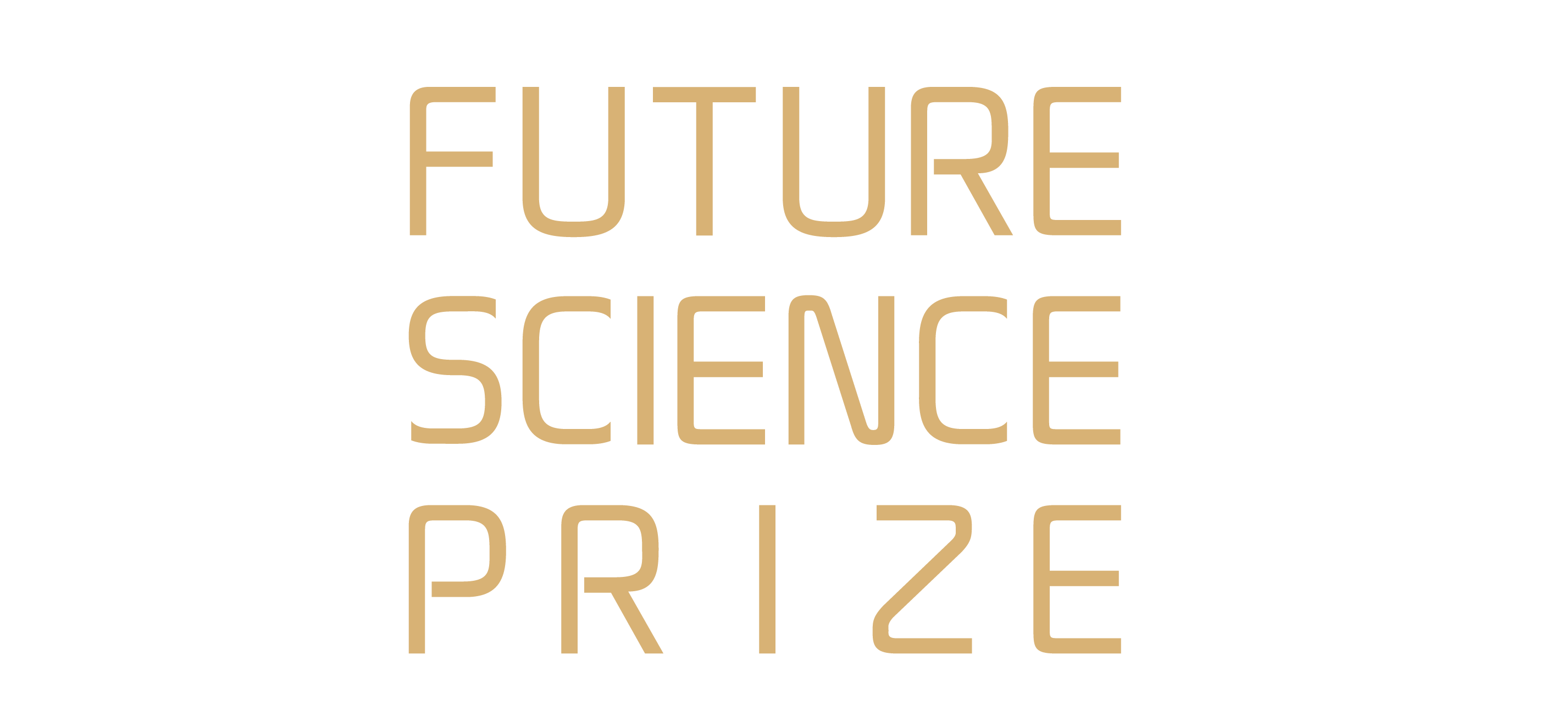
For his pioneering work in synthesizing and discovering nano-twinned structure and gradient nanostructure that simultaneously exhibit superior strength, ductility and conductivity of copper.
2020 The Physical Science Prize Laureate

Institute of Metal Research, Chinese Academy of Sciences, China
Dr. K. Lu and his team have made an important breakthrough on strengthening metals without compromising desirable properties. He and his team discovered that two types of novel nanostructures can greatly strengthen the mechanical strength of copper while keeping their superior ductility and electrical conductivity.
Strengthening of metallic materials has been one of the core scientific challenges in the field of material physics for decades. Traditional strengthening strategies for materials are based on introducing various types of defects to resist dislocation motion. They invariably compromise ductility or electrical conductivity. The strength-ductility and strength-conductivity trade-off is a long-standing dilemma that limits traditional approaches to prepare metals and alloys. A method that strengthens metals without compromising other useful properties has been an unresolved challenge for material researchers for decades.
They found when nano-scale twins are incorporated into copper, its strength can be elevated by one order of magnitude and at the same time maintain a tensile ductility and electrical conductivity comparable to that of normal copper. Their novel nano-twin strengthening method has been successfully applied to a number of material families to achieve superior properties, including other metals, steels, turbine disk superalloys, intermetallic, semiconductors, ceramics and diamond.
Following the above discovery, Dr. Lu and his team made another related important discovery that a spatial gradient distribution of grain size from nano-scale to macro-scale can effectively delocalize strain concentration, and hence enhance plastic deformation of metals. Applying this method, they can double the strength of copper while maintaining its tensile ductility unchanged. This method has been successfully used at industrial scale.
Ke LU, born in 1965, is a member of the Chinese Academy of Sciences, chief research scientist of Institute for Materials Research, a member of the Chinese Academy of Sciences, and Director of National Center for Materials Research, Shengyang.


